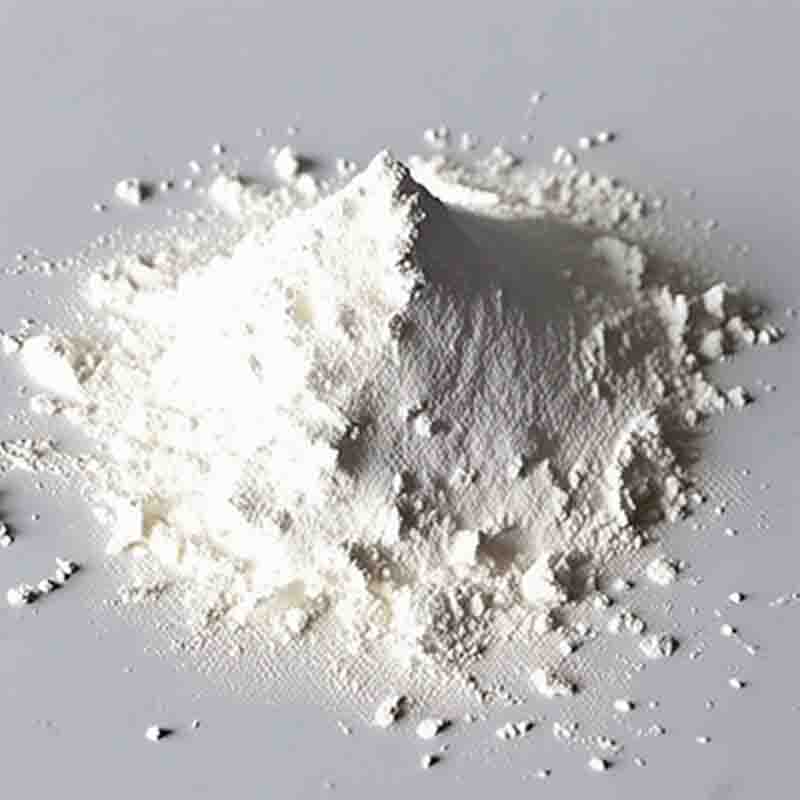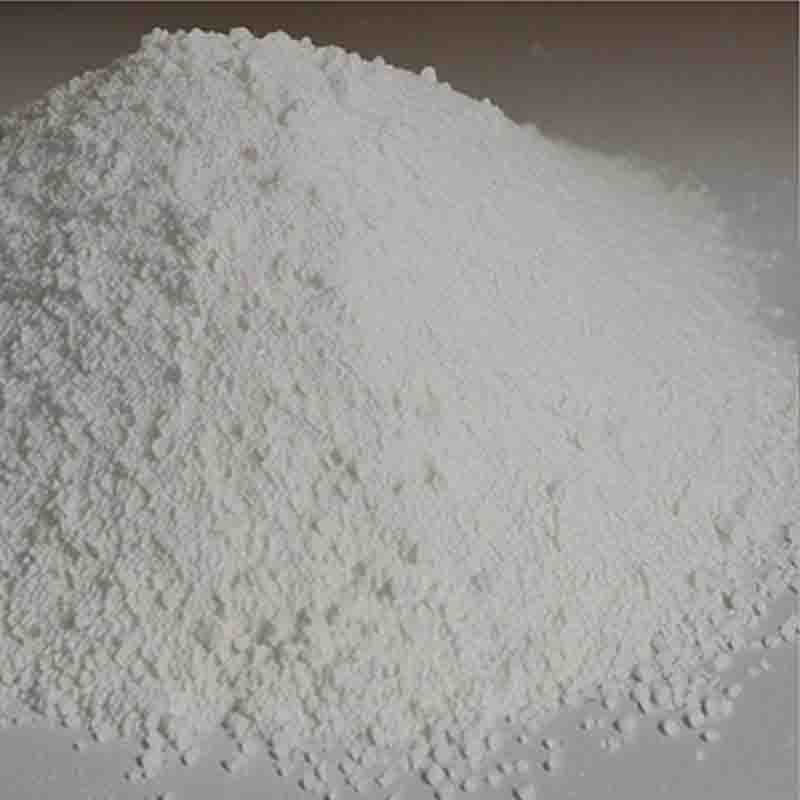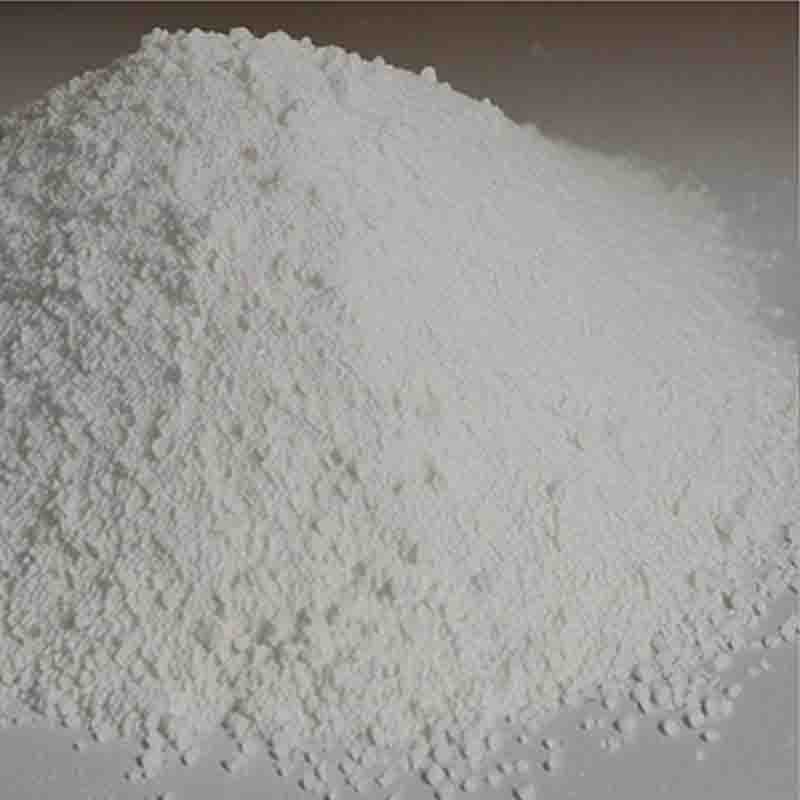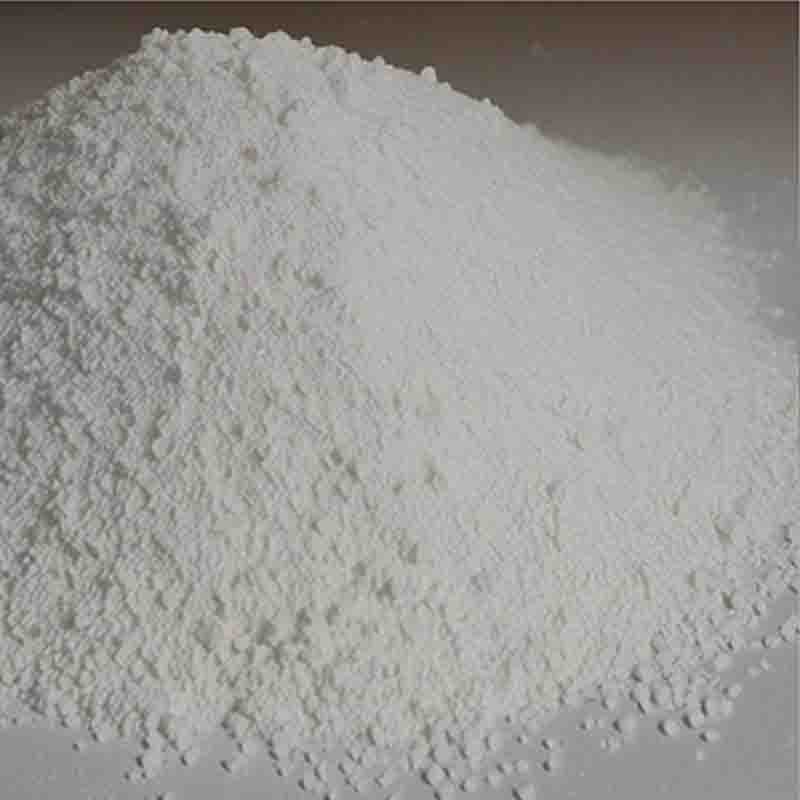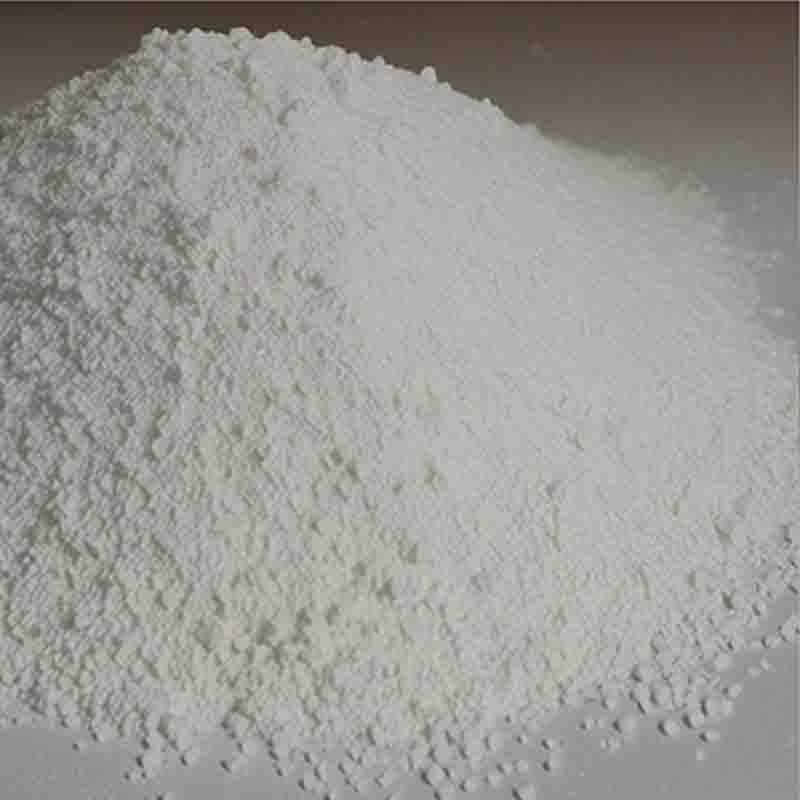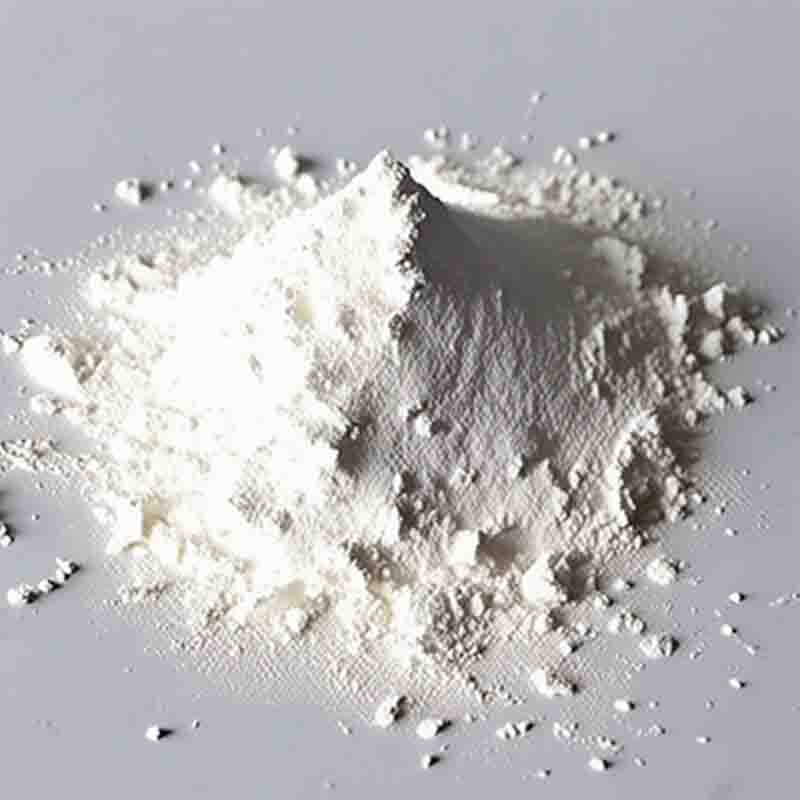Perfluoro-tri-n-propylamine CAS: 338-83-0
| Catalog Number | XD95220 |
| Product Name | Perfluoro-tri-n-propylamine |
| CAS | 338-83-0 |
| Molecular Formula | C9F21N |
| Molecular Weight | 521.07 |
| Storage Details | Ambient |
Product Specification
| Appearance | White powder |
| Assay | 99% min |
Perfluoro-tri-n-propylamine is a chemical compound with various applications in different industries. Its unique properties and structure make it valuable in several areas.
In the field of electronics, perfluoro-tri-n-propylamine is commonly used as a dielectric fluid or heat transfer fluid in electrical systems. Its excellent electrical insulation properties make it suitable for use in high-voltage equipment, transformers, and capacitors. It can efficiently dissipate heat and provide thermal stability, ensuring the safe and efficient operation of electrical components.
Furthermore, perfluoro-tri-n-propylamine finds applications in the field of lubricants and surface coatings. Its low surface tension and high chemical stability make it an effective lubricant, reducing friction and wear in various mechanical systems. It can also be used as a surface coating to provide water repellency, chemical resistance, and anti-sticking properties to surfaces, such as metals, plastics, and textiles.
In the field of pharmaceuticals, perfluoro-tri-n-propylamine is used as a fluorinated building block for the synthesis of complex organic molecules. Its unique fluorine atoms can enhance the stability, lipophilicity, and bioactivity of pharmaceutical compounds, making it valuable in drug discovery and development.
Additionally, perfluoro-tri-n-propylamine has applications in the field of analytical chemistry as a reference standard or internal standard for mass spectrometry analysis. Its unique mass spectral signature allows for accurate identification and quantification of analytes in complex mixtures.
In conclusion, perfluoro-tri-n-propylamine has diverse applications in electronics, lubricants, surface coatings, pharmaceuticals, and analytical chemistry. Its unique properties make it valuable in these fields, contributing to the development of safer, more efficient, and high-performance products and processes. Continued research and development are expanding the potential applications of this compound in various industries.


